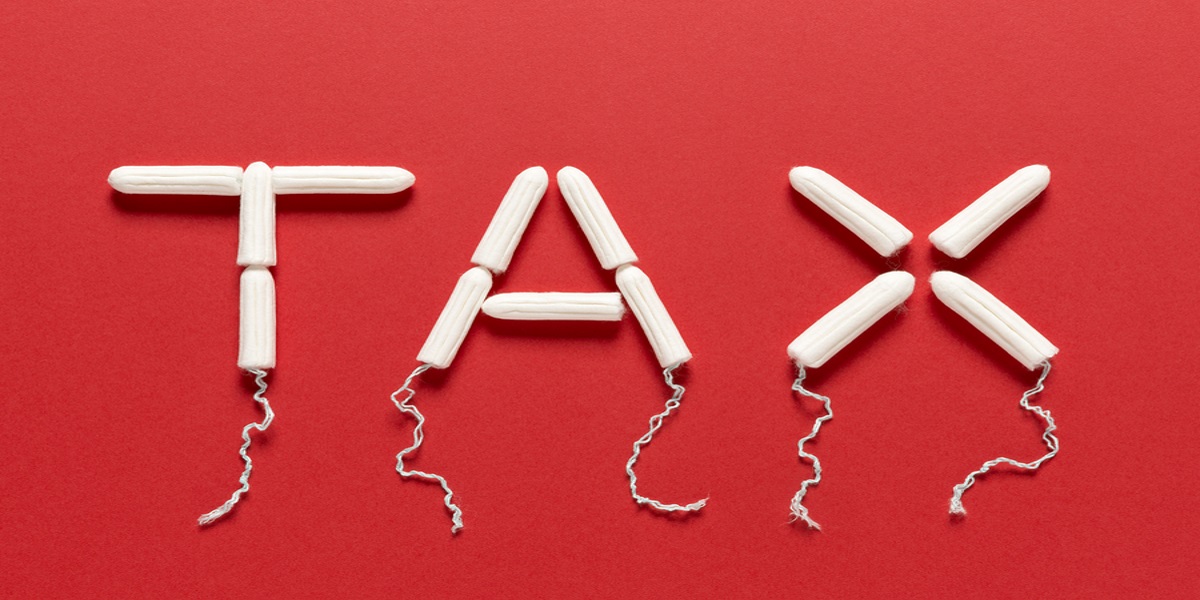This alliterative, headline grabbing phrase implies that there is a special tax that applies only to tampons. In fact, it refers to the classification of sanitary products in the 5% VAT bracket. For years, women have been arguing that, as a basic hygiene product, they should be taxed at either 0% VAT or exempt from VAT altogether. After all, the premise is that VAT is for ‘luxury’ items and no woman regards her pads or tampons as an unnecessary luxury.
Has sanitary protection always been liable to VAT?
Yes, since the UK joined the European Union in 1973, VAT has been payable on specific sanitary protection products.
- 1973: 10%
- !974: 8%
- !979: 15%
- 1991:17.5%
- 2001: 5% reduced rate
This applies to all eligible goods and services in the same band, not just sanitary pads and tampons.
Why the campaign to remove VAT from sanitary products?
Classing sanitary products as “non essential luxuries” is considered sexist by many people. Buying treats, extras, extravagances, whatever you call them, is a decision made by individuals. People understand that they are paying more for something they want, partly because the price includes VAT. Women do not choose to menstruate, therefore these are basic items which are necessary to fully participate in everyday life. This is a considerable extra expense carried by half of our population and campaigners feel that it is time to get rid of it altogether.
Why hasn’t the VAT on sanitary products been scrapped?
Members of the EU cannot just change the VAT rate on items without the support of their fellow countries. This is to create a unified tax level across Europe. So it required the UK to bring it up with their EU counterparts and get a consensus to move to a 0% rated position. 5% is the lowest rate that can be applied, until all of Europe accepts that there should be no VAT charge on sanitary wear.
UK’s interim solution
In the 2015 Autumn Statement, the UK government committed to donate the money raised from the 5% VAT on sanitary products to a variety of charities that support women’s health and other issues. In 2016-17, this was £15million worth of donations. The main reason for choosing which charities would receive funding from this particular pot, is that they are for women.
Is this redistribution of the VAT raised successful?
Unfortunately, it has become clear that this philosophy has not been followed. As reported by the Guardian, “Out of the 10 charities chosen to benefit last year, only two were specialist women’s organisations and this year there was only one.”
The Department for Culture, Media and Sport received an open letter highlighting the impact of these decisions. It is signed by over 100 leading women from the charity and academic sectors, and put together by the Women’s Resource Centre.
Part of it says: “We are concerned that even when women’s charities have led bids, or applied in consortia-type arrangements, it is larger generic organisations that have been granted the funding. We are very concerned that the success of some of these bids will cause further damage to the fragile women’s charity sector by drawing investment to generic providers.”
It also states that the eligibility criteria to make a bid for part of the ‘tampon tax’ money prevents smaller women’s charities from accessing the funds. For example, having to apply for £1m as a minimum amount. The letter explains: “often grassroots, locally embedded and relatively small in size compared to larger generic charities that do not have a core focus or specialism in services for women. Due to the fund criteria, there are a very small number of women’s charities in a position to bid alone.”
The brief response from the DCMS doesn’t address this kind of detail, a spokesperson simply said: “Every project that receives tampon tax funding must benefit women and girls. Funding is allocated to reach projects across the UK.”
It is great that steps have been made to reduce the VAT on sanitary towels and tampons. Hopefully, this will continue in the same direction, regardless of our position as a member of the EU.


